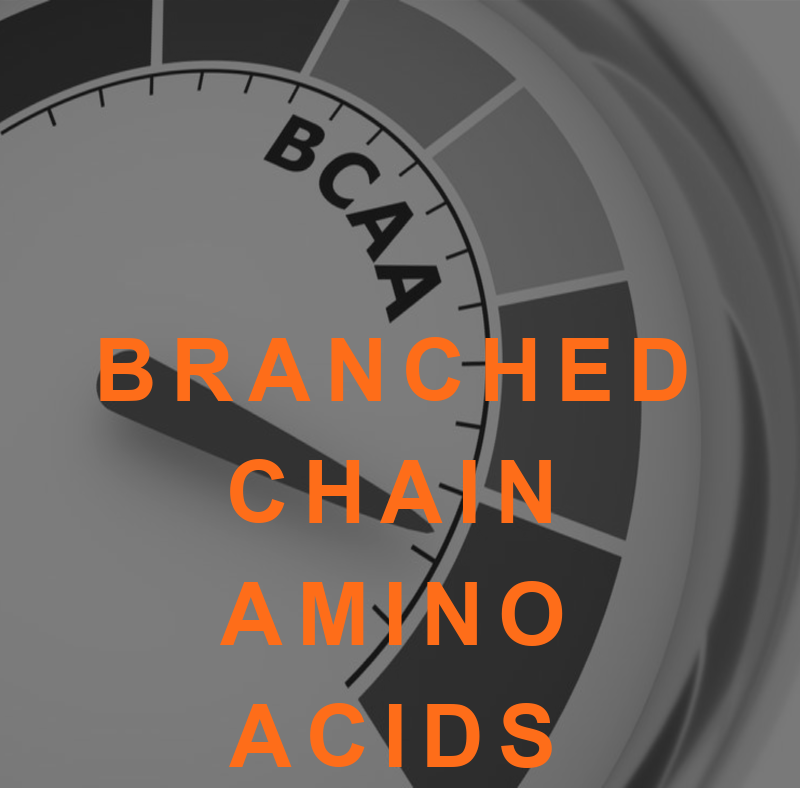
Can a diet rich in Branched-Chain Amino Acids, or BCAAs, provide benefit or inflict harm with regard to stabilizing insulin levels? If the answer is the latter, would that place BCAAs in the category of “causative agents” or simply “red flag portents” of insulin resistance? While the research indicates that BCAAs improve metabolic health overall, excessive amounts in plasma levels align with an elevated risk of both metabolic disorder and Type 2 diabetes.
Protein Breakdown and Synthesis
Muscle protein undergoes constant change through the processes of protein turnover. Athletes achieve hypertrophy when synthesis exceeds breakdown; when the opposite occurs, we see muscle wasting and catabolism. Although acute effects of exercise are catabolic, exercise clearly does not cause muscle wasting; instead, regular exercise is essential to optimize muscle growth and hypertrophy.
During exercise, muscle protein synthesis decreases as protein degradation increases. As one proceeds through a workout, a notable reduction in the amount of circulating branched-chain amino acids takes place. In order to return the body to a positive nitrogen balance and allow hypertrophy to occur through muscle protein synthesis, the body demands nutritional restoration.
Leucine as the BCAA Lone Star
Both exhaustive endurance exercise and resistance training inhibit muscle protein synthesis in direct correlation to the intensity and duration of the activity. At the end of such workouts, protein synthesis increases with appropriate nutritional intake (restoration of a positive nitrogen balance). The molecular mechanisms leading to protein synthesis under these conditions place leucine in a central role.
We have learned that the characteristics of a quality protein source include not only prompt digestion and transport to muscle tissues but also its leucine content. Whether in the form of real food or a BCAA supplement powder, capsule, etc.), the hard-working athletic body requires a sufficient amount of leucine in order to re-establish the aforementioned positive nitrogen balance. Unlike most amino acids, which are processed in the liver, BCAAs are primarily metabolized within muscle tissue. This optimal evolutionary feat fosters quick absorption, providing the necessary post-exercise fuel.
More Isn’t Better
When seeking advice from personal trainers, clients may express a preference for consuming a protein shake loaded with ample BCAAs than a small meal post-workout. As long as adequate leucine makes an appearance, the method of delivery – food versus liquid – matters very little.
Consuming a safe amount of BCAAs has proven effective in helping athletes retain muscle mass. During a period of reduced calories, such as the “cutting phase” bodybuilders undergo when preparing for the stage, BCAAs can also help to maximize fat loss.
However, as with any substance, overconsumption of BCAAs can induce negative side effects. Among the most commonly reported complaints– fatigue, loss of coordination, nausea, and headaches –increased insulin resistance tops the list as an almost sure-fire recipe for developing obesity, Type 2 diabetes, and/or metabolic syndrome.
The Role of Exercise
People living with Type 2 diabetes and/or metabolic syndrome are often categorized as obese as well. Obesity itself can easily pave the way to insulin sensitivity. While personal trainers need to exhibit additional caution and creativity when designing training programs and working with such clients, we know the benefits eventually manifest. Exercise propels the body to more readily eliminate excess acyl groups–detrimental substances byproducts of the metabolism of BCAAs.
It would appear that branched-chain amino acids consumed as athletic supplementation do not in and of themselves induce insulin resistance. Once again, exercise emerges as the driving force in this scenario, potentially enhancing mitochondrial oxidation and thereby mitigating the accumulation of the harmful catabolic intermediates referenced above. This action in turn ultimately increases circulating plasma levels of beta-aminoisobutyric acid, which helps to improve insulin resistance.
A Dietary Balancing Act
Scientists determined through research studies that higher levels of circulating BCAAs (leucine, isoleucine, and valine) correlated with obesity and insulin resistance in both humans and rodents. Recent discoveries in this arena seem promising, most notably how reducing dietary levels of BCAAs boosts the metabolic health of young mice. A simple nutritional adjustment might bring about this significant difference.
In one such study, mice consuming a diet rich in calories and sugar but lower in BCAAs than the control group demonstrated a rapid loss of fat mass. This startling result seemed to depend upon the increase in energy expenditure by the regulating hormone known as FGF21, or fibroblast growth factor 21. Given the fact that obesity now appears worldwide in epidemic proportions, FGF21 holds great potential as a therapeutic agent in treating obesity, associated metabolic disorders, and regulation of whole-body metabolism.
A spectrum of BCAAs can be obtained through these foods:
- Lean meat
- Fish
- Milk
- Cheese
- Eggs
- Quinoa
- Tofu
Leucine in particular is high in brown rice and whole-wheat foods; valine sources include mushrooms and peanuts; almonds and cashews are high in isoleucine.
Looking to the Future
Further studies point to how dietary reduction of BCAAs can elicit benefits with regard to glucose tolerance/insulin resistance. These promising results continue to underscore the important role that such nutritional adjustments can bring to the forefront of future treatments. Keeping in mind that specific dietary direction remains outside the scope of practice of most certified personal trainers, we can nonetheless remain a reliable qualitative source of unbiased information regarding the pro’s and cons of BCAA use.
References:
www.nfpt.com/blog/personal-trainers-recommend-bcaas-clients
pubmed.ncbi.nlm.nih.gov/26254576/
pubmed.ncbi.nlm.nih.gov/29266268/
www.ncbi.nlm.nih.gov/pmc/articles/PMC4563019/
pubmed.ncbi.nlm.nih.gov/31666474/
www.researchgate.net/publication/336925961_The_Effects_of_BCAAs_on_Insulin_Resistance_in_Athletes
www.ncbi.nlm.nih.gov/pmc/articles/PMC4963881/
academic.oup.com/jn/article/136/2/533S/4664398
pubmed.ncbi.nlm.nih.gov/29369529/







